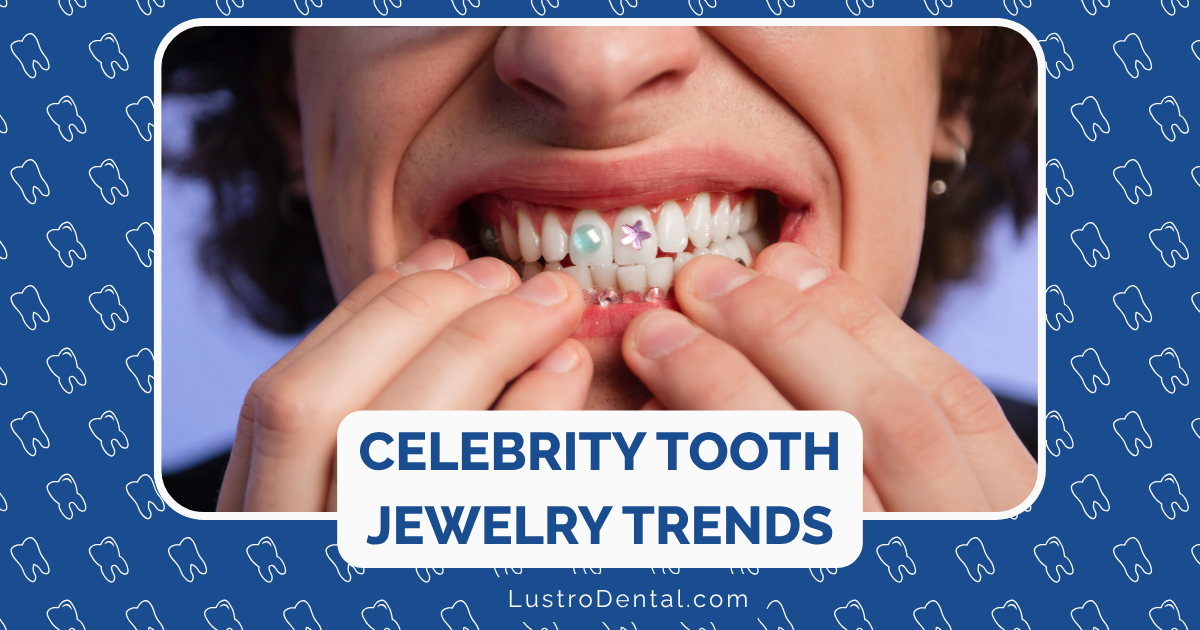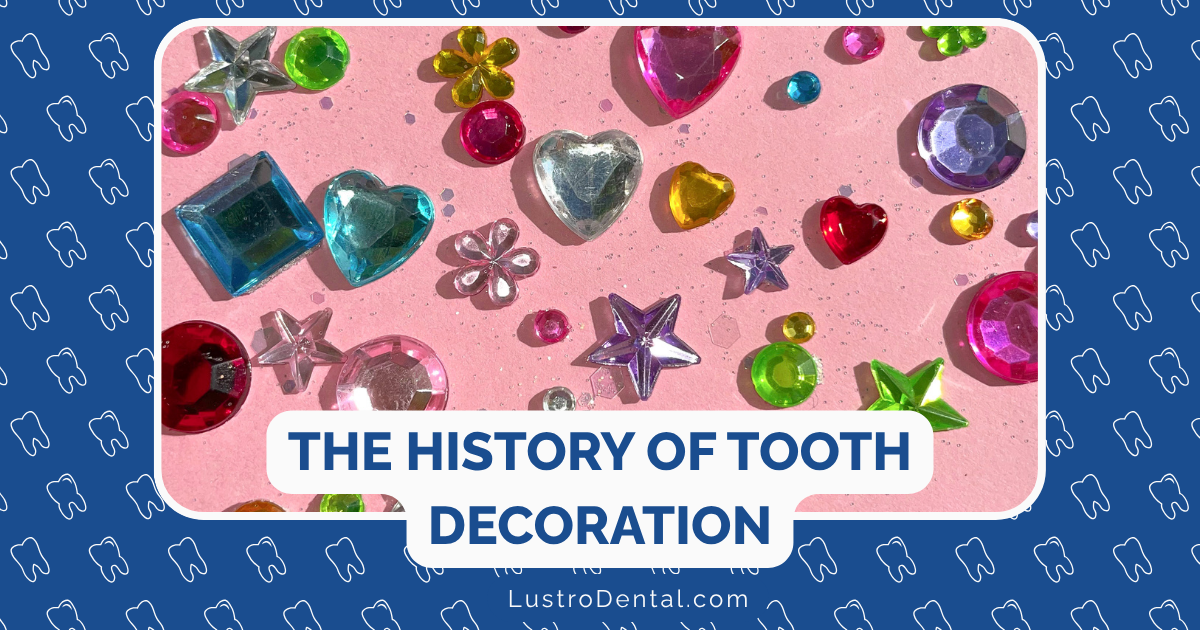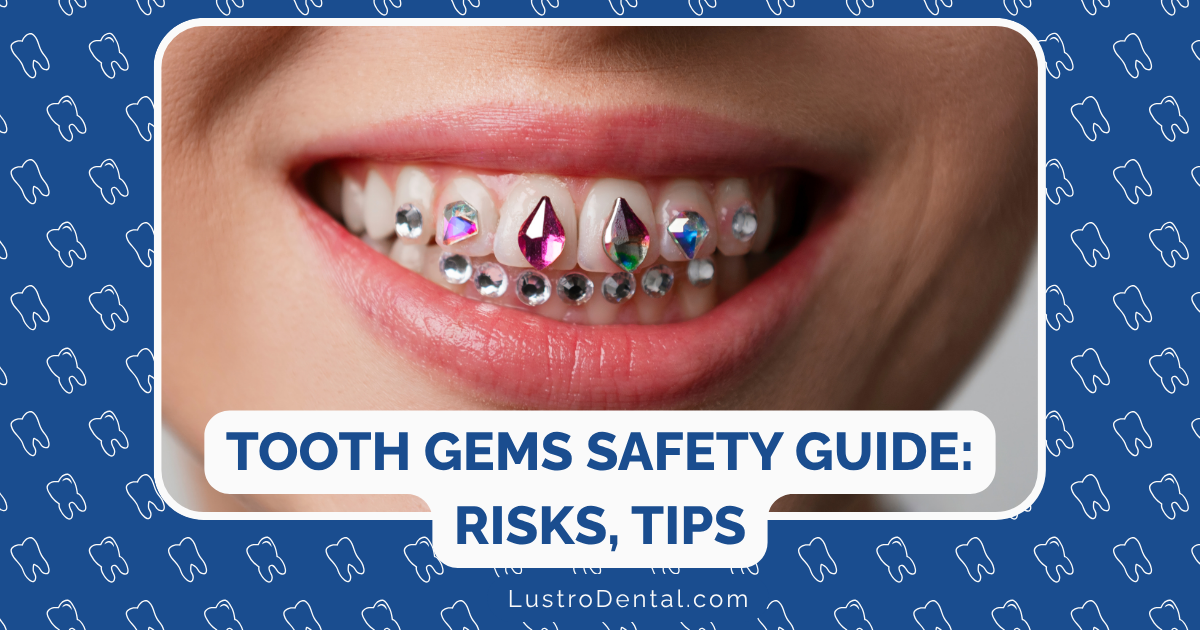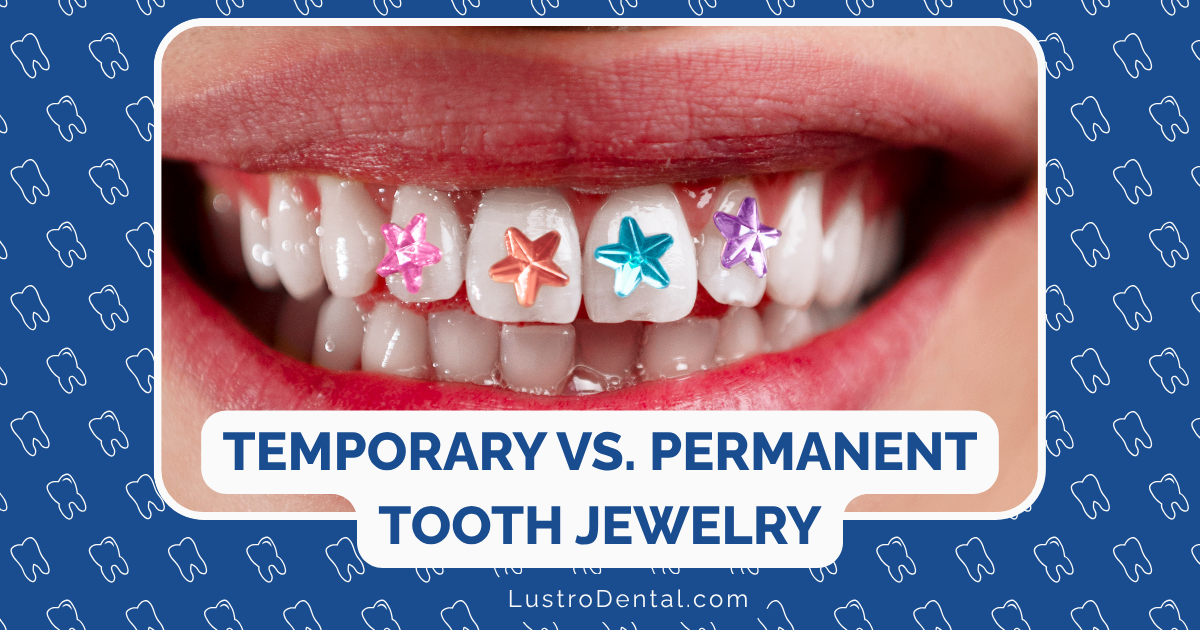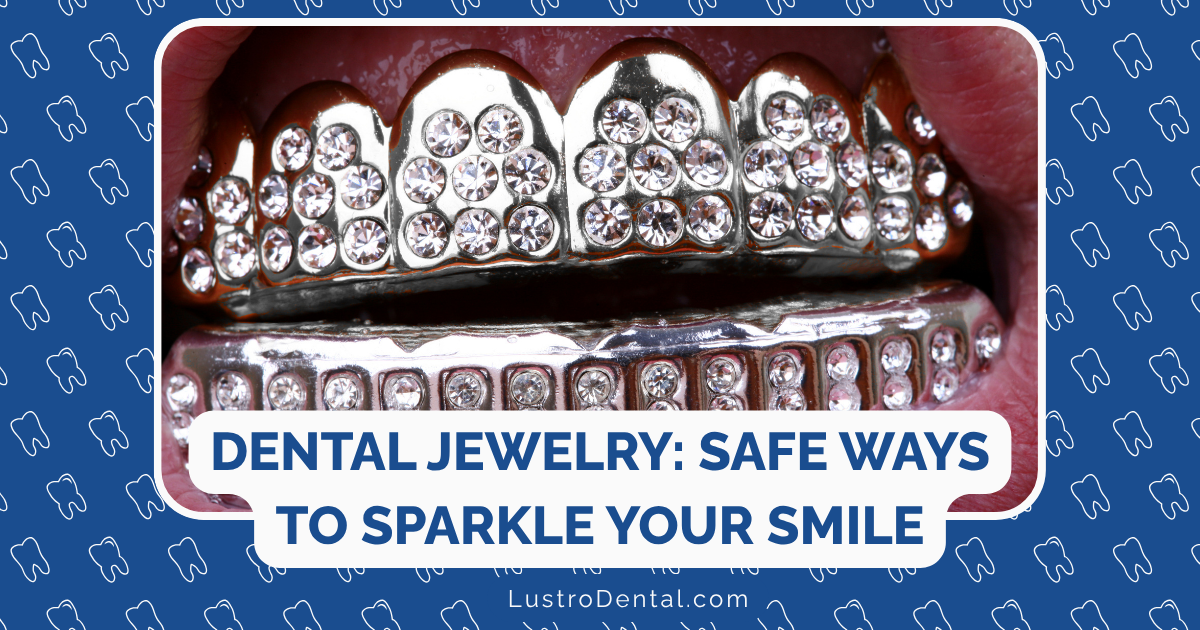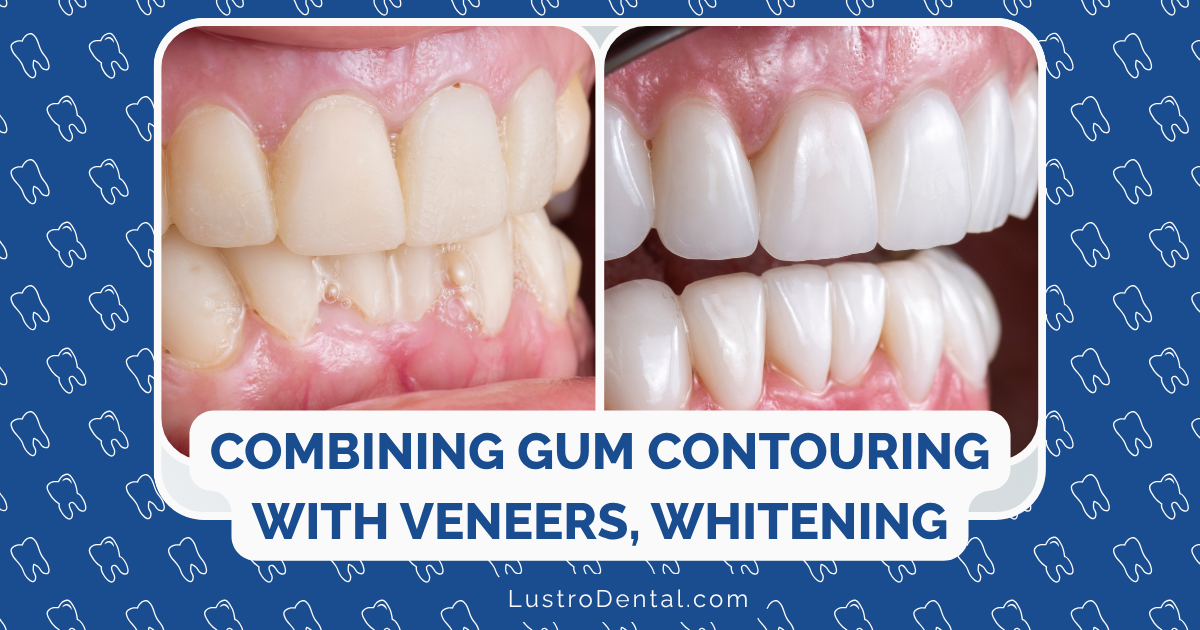The Art of Dental Bonding: How Dentists Match Your Natural Tooth Color
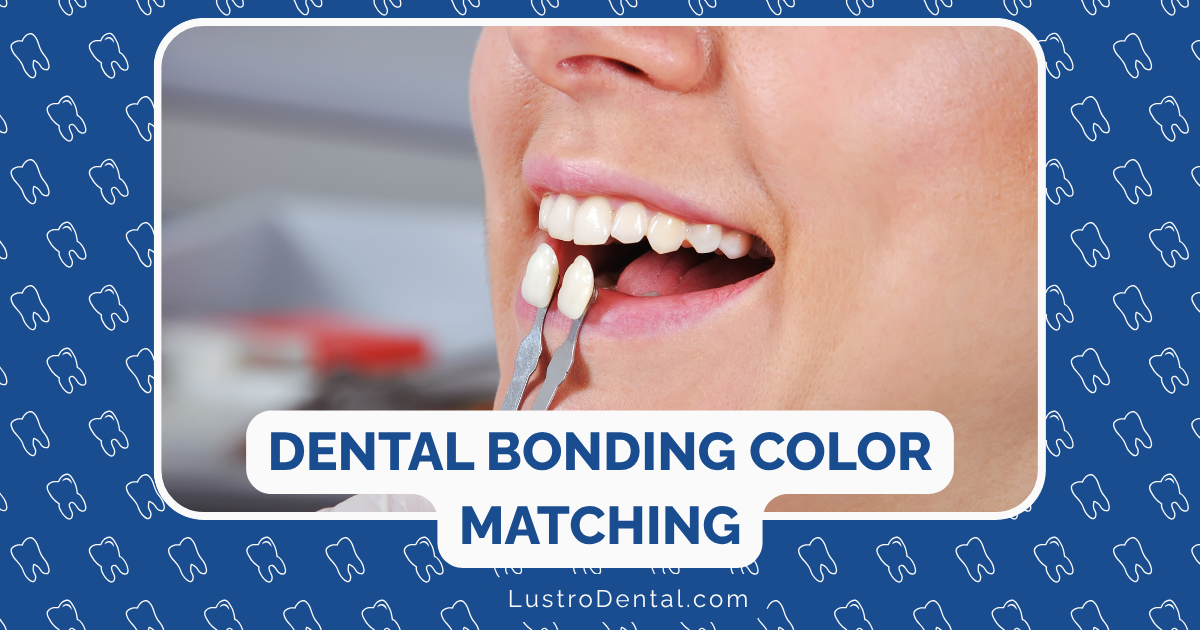
When patients sit in my chair for a dental bonding procedure, they often express the same concern: “Will it look natural?” It’s a valid question. After all, the success of cosmetic dental work isn’t just measured by how well it functions, but by how invisible it appears. A perfectly matched dental bonding should be your little secret—something that enhances your smile without announcing its presence.
What many patients don’t realize is that matching composite resin to natural tooth color is both a science and an art form. It requires technical precision, an understanding of light physics, and an artist’s eye for color and texture. Let’s pull back the curtain on this fascinating process and explore how dentists achieve those seamless, natural-looking results.
Beyond the Basic Shade Match: Understanding Tooth Complexity
The first thing to understand is that teeth aren’t simply “white.” They’re complex structures with varying degrees of translucency, opacity, and color gradients. A single tooth can display multiple shades and optical properties from the gumline to the biting edge.
Dr. Amanda Johnson, a cosmetic dentistry specialist at the American Academy of Cosmetic Dentistry, explains: “Natural teeth aren’t uniform in color. They typically have a gradient—more yellowish near the gumline and more translucent toward the biting edge. Recreating this subtlety is what separates good bonding from great bonding.”
This complexity means that matching tooth color isn’t as simple as holding up a paint swatch at a hardware store. It requires a nuanced approach that considers multiple factors.
The Science Behind the Art: Tools for Precise Color Matching
Shade Guides: The Starting Point
The color matching process typically begins with a shade guide—a standardized tool containing multiple tooth-colored tabs arranged by hue, value, and chroma (color intensity). The most commonly used systems include:
- VITA Classical Shade Guide: The traditional standard with 16 shades arranged by color family
- VITA 3D-Master: A more comprehensive system with 26 shades organized by lightness, chroma, and hue
- Custom manufacturer guides: Specific to particular composite resin systems
The dentist holds these tabs next to your natural teeth under various lighting conditions to find the closest match. However, this is just the starting point.
Digital Shade Matching: Technology Meets Artistry
Modern dentistry has embraced technology to enhance the accuracy of color matching:
- Digital spectrophotometers: These devices measure the exact wavelengths of light reflected by teeth, providing objective color data
- Digital photography with polarized filters: Eliminates glare and captures true tooth characteristics
- Computer color mapping: Creates a detailed map of color variations across the tooth surface
According to a 2023 study in the Journal of Prosthetic Dentistry, digital shade matching can improve accuracy by up to 30% compared to visual methods alone. However, most experts agree that technology works best when combined with a skilled human eye.
The Artistic Process: Layering for Lifelike Results
Once the base shade is selected, the real artistry begins. Teeth aren’t a single solid color—they have depth, translucency, and character. To recreate this natural appearance, dentists use a technique called stratification or layering.
The Layering Technique
- Opaque Base Layer: Mimics the dentin (inner layer) of the tooth, providing the basic color and opacity
- Body Layer: Represents the main bulk of the tooth with intermediate translucency
- Enamel Layer: A more translucent layer that recreates the natural enamel’s light-transmitting properties
- Effects: Specialized materials to recreate specific characteristics like white spots, cracks, or translucent edges
Dr. Michael Roberts, a renowned cosmetic dentist, notes: “The magic happens in the layering. I might use three to five different shades of composite to create one restoration that perfectly blends with the surrounding tooth structure. It’s like painting—you don’t create a masterpiece with just one color.”
A 2024 clinical study found that this multi-layering approach significantly improved the “blending effect” of composite restorations, making them virtually indistinguishable from natural teeth.
Factors That Influence Color Matching Success
Several variables can affect how well a dentist can match your tooth color:
1. Lighting Conditions
The type of light used during shade selection dramatically impacts color perception. Natural daylight is considered ideal, but many dental offices use specialized color-corrected lighting that simulates natural light.
“We call it the ‘restaurant effect,'” explains Dr. Lisa Martinez, cosmetic dentistry specialist. “A restoration that looks perfect in the dental office might look different under fluorescent lighting or candlelight. That’s why we evaluate under multiple light sources.”
2. Surrounding Teeth and Contrast Effects
The human eye perceives color in relation to surrounding colors. Dentists must consider how adjacent teeth, gums, and even lip color might influence the perception of the bonding.
3. Hydration Level of Teeth
Dehydrated teeth appear whiter and brighter than their natural state. This is why dentists often select shades at the beginning of an appointment before the teeth dry out from exposure to air.
4. Thickness of the Restoration
The thickness of the composite material affects its final appearance. Thicker areas may appear more opaque, while thinner sections allow more of the underlying tooth color to show through. Skilled dentists account for these variations during application.
5. Surface Texture and Finish
Even with perfect color matching, a restoration can look artificial if the surface texture doesn’t match natural teeth. Dentists use specialized finishing tools to recreate the subtle ridges, grooves, and light-reflecting properties of natural enamel.
The Finishing Touches: Creating Natural Surface Characteristics
After the basic shape and color are established, dentists add the final artistic touches that truly make bonding indistinguishable from natural teeth:
Surface Texture Replication
Natural teeth aren’t perfectly smooth—they have vertical grooves, horizontal growth lines, and areas of varying reflectivity. Using fine diamonds, discs, and polishing instruments, dentists recreate these subtle texture variations.
Edge Effects
The edges of teeth, particularly front teeth, often have a translucent, slightly bluish appearance. Skilled dentists recreate this using specialized translucent composites at the edges of the bonding.
Characterization
Some teeth have unique characteristics like white spots, tiny cracks, or color variations. Rather than creating a “perfect” but unnatural restoration, skilled cosmetic dentists often incorporate subtle imperfections that match surrounding teeth.
When Perfect Isn’t Perfect: The Psychology of Natural-Looking Restorations
Interestingly, research in cosmetic dentistry has found that perfectly uniform restorations often look artificial. The Journal of Esthetic Dentistry published a study showing that patients and dentists alike rated slightly imperfect restorations (those with minor natural variations) as more attractive and natural-looking than “perfect” ones.
“Sometimes we have to deliberately incorporate subtle imperfections to make bonding look natural,” explains Dr. Roberts. “The brain is wired to detect patterns and uniformity—too much perfection triggers our ‘artificial detection’ sensors.”
Special Considerations for Challenging Cases
Some situations present unique challenges for color matching:
Single Discolored Teeth
When a single tooth is significantly darker or differently colored than surrounding teeth, dentists may need to use more opaque materials or special masking techniques to create a uniform appearance.
After Whitening
If you’ve recently whitened your teeth, dentists typically recommend waiting 2-3 weeks before bonding to allow color stabilization. The composite material cannot be whitened later, so timing is crucial.
Multiple Restorations
When bonding multiple teeth, creating consistent color across all restorations while maintaining natural variations requires exceptional skill and planning.
The Role of Patient Input: Collaborative Artistry
The most successful dental bonding results often come from collaboration between patient and dentist. While dentists have the technical expertise, patients bring valuable perspective about their aesthetic goals.
During the shade selection process, don’t hesitate to:
- Ask to see the selected shade in different lighting
- Provide input about whether you prefer a brighter or more natural appearance
- Ask questions about how the final result will look
- Request to see before-and-after photos of similar cases
Maintaining Your Perfectly Matched Bonding
Once you have beautifully matched dental bonding, proper maintenance helps preserve both the appearance and longevity:
- Avoid staining substances or consume them in moderation (coffee, tea, red wine, tobacco)
- Rinse after consuming staining foods/beverages when brushing isn’t possible
- Use non-abrasive toothpaste to prevent scratching the composite surface
- Schedule regular professional cleanings to remove surface stains before they penetrate
- Consider touch-ups every few years as needed to refresh the appearance
The Future of Color Matching: What’s on the Horizon
The field of cosmetic dentistry continues to evolve, with several exciting developments improving color matching accuracy:
- AI-assisted shade matching that can detect subtle color variations invisible to the human eye
- Bioactive composites that change color slightly to better integrate with surrounding teeth
- 3D printed composite guides customized to a patient’s exact tooth characteristics
- Augmented reality previews showing patients exactly how their bonding will look before treatment begins
Conclusion: Where Science Meets Art
Dental bonding color matching exemplifies the unique intersection of science and art that defines modern cosmetic dentistry. While technological advances continue to improve the process, the artistic eye and skilled hand of an experienced dentist remain irreplaceable.
The next time you admire a flawlessly bonded tooth—whether your own or someone else’s—appreciate that you’re not just looking at a dental restoration. You’re witnessing a carefully crafted artistic creation, designed to be both beautiful and invisible at the same time.
When done well, dental bonding doesn’t just repair teeth—it restores confidence, enhances smiles, and does so while honoring the unique beauty of natural teeth. That’s the true art of dental bonding.
Have you experienced dental bonding? Were you surprised by the color matching process? Share your experience in the comments below!
Disclaimer: This article is for informational purposes only and does not constitute dental advice. Always consult with a qualified dentist to determine the best treatment options for your specific situation.


